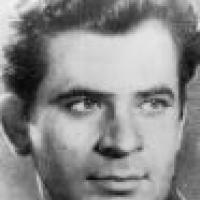
The Dutch-Peruvian Gambit: Spassky-Ujtumen
A sideline of the Queen’s Gambit Declined is arrived at by 1.d4 d5 2.c4 e6 3.Nc3 Nf6 4.Bg5 c5. This is not the Tarrasch Defense in which Black plays 3...c5. It is sometimes called the Pseudo-Tarrasch. White has options, but no need, to avoid 5.cxd5 which allows Black to enter the Dutch-Peruvian Gambit. By playing 5...cxd4, Black is following the method of the Dutch IM Lodewijk Prins (1913-1999). With 5...Qb6, Black plays as Peru’s IM Esteban Canal (1896-1981) did. The line with 5...Qb6 will be examined using the game Spassky-Ujtumen from 1965. At that time Spassky (pictured) was on his way to his first World Championship match with Tigran Petrosian (in 1966). He was very difficult to beat. His opponent was Tudevin Ujtumen of Mongolia who became an IM in 1966.
This opening is not considered correct for Black. It aims to sacrifice a pawn, or more, in order to gain the initiative. There is initiative in choosing the opening and requiring the opponent to play accurately. Spassky played with the required skill in this game and in the entire tournament, the Chigorin Memorial. He and Wolfgang Unzicker were undefeated with scores of 10.5/15. They placed 1-2 just a half point ahead of the only other undefeated player, Dragoljub Ciric. The notes include other games and analysis that show Black scores poorly, but it is possible for White to go wrong in the opening. Later, if White stands well, good technique may be needed.






